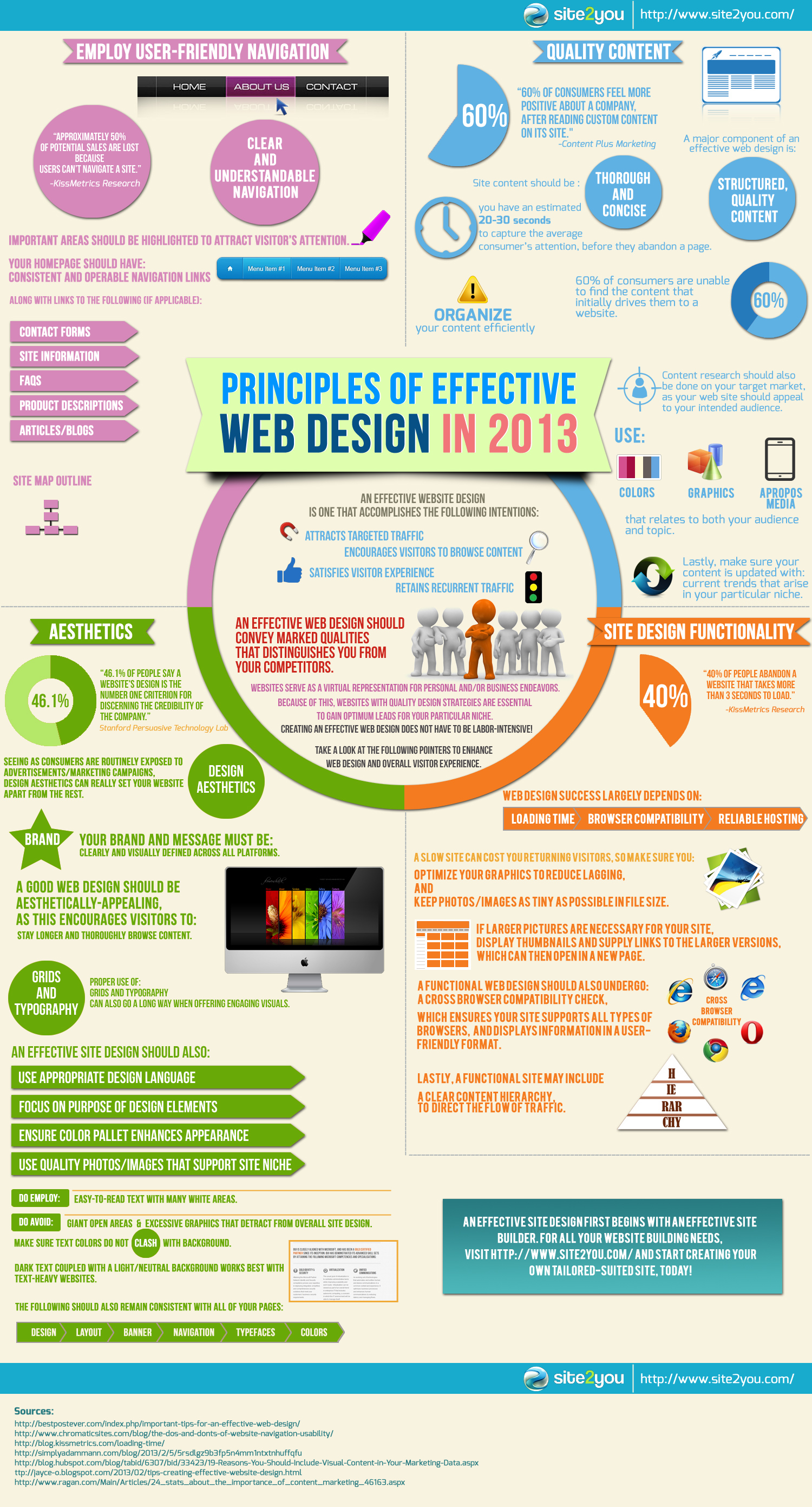The Development Of Internet Site Layout: From Past To Existing
The Development Of Internet Site Layout: From Past To Existing
Blog Article
Material Writer-Solis Dodson
In the past, web sites were straightforward and focused on info. Navigating was straight, and style was for desktop computers. Currently, visit web site is crucial. Data overviews layouts for very easy navigation. Receptive formats suit different tools. Today, dark setting reduces stress, and minimalist menus enhance navigating. Interactive attributes involve users, and bold visuals stick out. AI combination boosts engagement. See just how style has actually evolved to improve your online journey.
Very Early Days of Website Design
In the early days of web design, simplicity preponderated. Web sites were standard, with restricted colors, typefaces, and formats. The focus was on giving details rather than fancy visuals. Customers accessed the web via sluggish dial-up connections, so rate and capability were essential.
Navigating food selections were straightforward, typically located at the top or side of the page. Web sites were designed for desktop computers, as mobile surfing wasn't yet widespread. Web content was king, and developers focused on easy readability over complicated style aspects.
HTML was the main coding language utilized, and designers needed to function within its restraints. Animations and interactive attributes were marginal compared to today's requirements. Web sites were static, with little vibrant web content or personalized user experiences.
Rise of User-Focused Style
With the development of web site layout, a change towards user-focused style concepts has become progressively famous. Today, producing internet sites that prioritize customer experience is critical for engaging site visitors and achieving company goals. User-focused layout includes comprehending the requirements, choices, and habits of your target audience to tailor the website's design, material, and includes accordingly.
Designers now conduct thorough study, such as individual studies and functionality screening, to gather insights and comments straight from users. This data-driven method assists in developing intuitive navigating, clear calls-to-action, and visually appealing interfaces that reverberate with site visitors. By positioning the customer at the center of the style process, websites can deliver a much more individualized and pleasurable experience.
Receptive design has also emerged as a crucial aspect of user-focused design, ensuring that sites are optimized for numerous tools and screen sizes. This versatility boosts ease of access and use, satisfying the diverse methods users connect with sites today. Fundamentally, the rise of user-focused layout signifies a shift towards creating electronic experiences that prioritize the requirements and expectations of the end individual.
Modern Trends in Web Design
Check out the latest patterns forming web design today. One prominent trend is dark mode design, using a sleek and modern-day look while lowering eye strain in low-light atmospheres. One more vital pattern is minimalist navigation, streamlining menus and enhancing individual experience by concentrating on essential elements. Incorporating micro-interactions, such as animated switches or scrolling effects, can produce an extra appealing and interactive site. https://dallasoidwr.blogrelation.com/35919755/by-comprehending-the-distinctions-in-between-these-two-search-engine-optimization-approaches-organizations-can-develop-a-much-more-reliable-online-marketing-plan-that-drives-both-local-and-natural-website-traffic-to-their-site continues to be essential, making certain seamless individual experiences throughout various devices. In addition, using strong typography and asymmetrical formats can include visual rate of interest and accentuate particular material.
Incorporating AI innovation, like chatbots for consumer support or customized suggestions, enhances individual engagement and streamlines processes. Ease of access has likewise come to be a considerable fad, with developers focusing on comprehensive design practices to cater to diverse individual needs. Accepting sustainability by enhancing web site performance for speed and efficiency is one more emerging pattern in web design. Teaming up with individual responses and information analytics to iterate and enhance style constantly is necessary for staying relevant in the ever-evolving electronic landscape. By welcoming these modern patterns, you can develop a visually attractive, user-friendly website that resonates with your audience.
Final thought
As you assess the development of web site design from the early days to currently, you can see how user-focused design has actually ended up being the driving pressure behind modern trends.
Accept the trip of adjustment and adjustment in website design, constantly keeping the user experience at the leading edge.
Stay current with the most recent trends and modern technologies, and never stop developing your approach to produce aesthetically spectacular and straightforward web sites.
Advance, adjust, and develop - the future of web design is in your hands.
